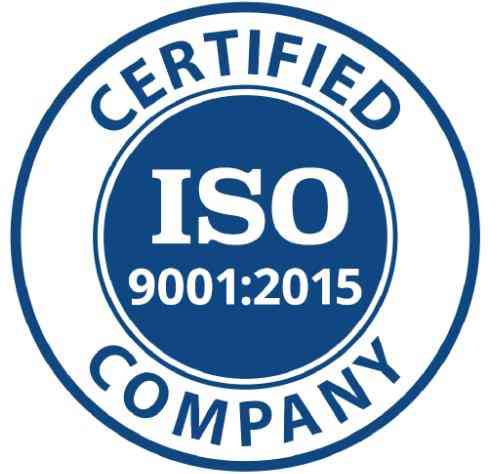|
ISO/TR
REPORT
5658-l
First edition
1997-12-15
Reaction to fire tests - Spread of flame -
Part 1:
Guidance on flame spread
Essais de &action au feu - Propagation du feu -
Partie I: Guide sur Ia propagation de la flamme
Reference number
ISOTTR 5658-l : 1997(E)
---------------------- Page: 1 ----------------------
ISO/rR 5658-l :1997(E)
Page
Contents
1
1 Scope
1
2 Principles of flame spread
2
3 Characteristics of flame spread modes
7
4 History of surface spread of flame tests
9
5 Small-scale tests
13
6 Intermediate-scale tests
13
7 Large-scale tests
24
8 Flame spread within assemblies of building products
27
Annex A Bibliography
0 IS0 1997
All rights reserved. Unless otherwise specified, no part of this publication may be reproduced
or utilized in any form or by any means, electronic or mechanical, including photocopying and
microfilm, without permission in writing from the publisher.
lnternational Organization for Standardization
Case postate 56 l CH-1211 Geneve 20 l Switzerland
central @I isoch
Internet
x.400 c=ch; a=400net; p=iso; o=isocs; s=central
Printed in Switzerland
ii
---------------------- Page: 2 ----------------------
ISO/TR 5658-l : 1997(E)
@ IS0
Foreword
IS0 (the International Organization for Standardization) is a worldwide federation of national standards bodies (IS0
member bodies). The work of preparing International Standards is normally carried out through IS0 technical
committees. Each member body interested in a subject for which a technical committee has been established has
the right to be represented on that committee. International organizations, governmental and non-governmental, in
liaison with ISO, also take part in the work. IS0 collaborates closely with the International Electrotechnical
Commission (IEC) on all matters of electrotechnical standardization.
The mai n task of technical committees is to prepare International Standards, but in exceptional ci rc urnstances a
following types:
technica I committee may propose the pu blication of a Technical Report of one of the
of an International Standard, despite
- type 1, when the required support cannot be obtained for the publication
repeated efforts;
when the subject is still under technical development or where for any other reason there is the future
- type 2,
nal Standard;
but not immediate possibility of an agreement on an lnternatio
- type 3, when a technical committee has collected data of a different kind from that which is normally published
as an International Standard (“state of the art”, for example)
Technical Reports of types 1 and 2 are subject to review within three years of publication, to decide whether they
can be transformed into International Standards. Technical Reports of type 3 do not necessarily have to be
reviewed until the data they provide are considered to be no longer valid or useful.
BSOJV-R 5658-l 7 which is a Technical Report of type 3, was prepared by Technical Committee lSO/TC 92, fire
safety, Subcommittee SC 1, Reaction to fire.
IS0 5658 consists of the following parts, under the general title Reaction to fire tests - Spread of flame:
- Part I: Guidance on flame spread (Technical Report)
- Part 2: Lateral spread on building products in vertical configuration
- Parf 3: Lateral ignition of and flame spread on building products in vertical configuration (LIFT) method (Technical
Report)
- Par? 4: Intermediate-scale spread of flame with verfically oriented specimens
Annex A of this Technical Report is for information only.
---------------------- Page: 3 ----------------------
ISO/TR 5658-l :1997(E)
Introduction
The rate and extent of flame spread are important properties to be characterized when
evaluating the reaction-to-fire hazards of construction products. Historically, there have been
many approaches taken to the measurement of flame spread and most of these have evolved
with little fundamental justification. This Technical Report describes different modes of
flame spread and proposes some theoretical principles to assist with the relevant application
of the data obtained from flame spread tests.
Many flame spread tests measure the rate and extent of the flame front as the flame moves
over the surface of large-area, flat products such as linings on walls, ceilings and floors.
Usually the orientation of the test specimen is related to the end-use application (for example,
exposed face upwards for floor-coverings). This requirement for end-use relevance is satisfied
by IS0 5658-2 and ISO/TR 5658-3 when wall-linings are to be evaluated.
Flame spread over construction products is related to the fire scenario. ISO/TC 92/SC 1 have
concentrated on development of tests to simulate flame spread in rooms and along corridors.
Other important scenarios where flame spread data are required are facades (both front and
behind), shafts, stairs and roofs; much of the theoretical guidance given in this T
...














